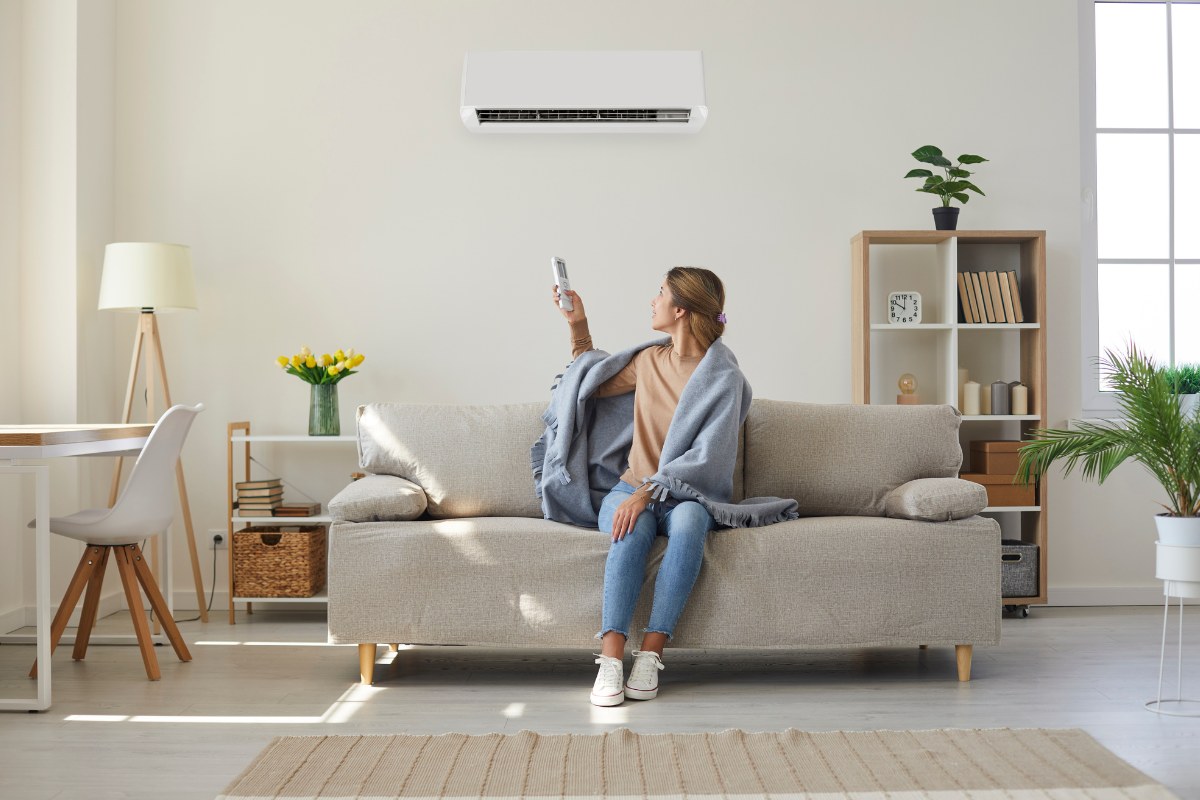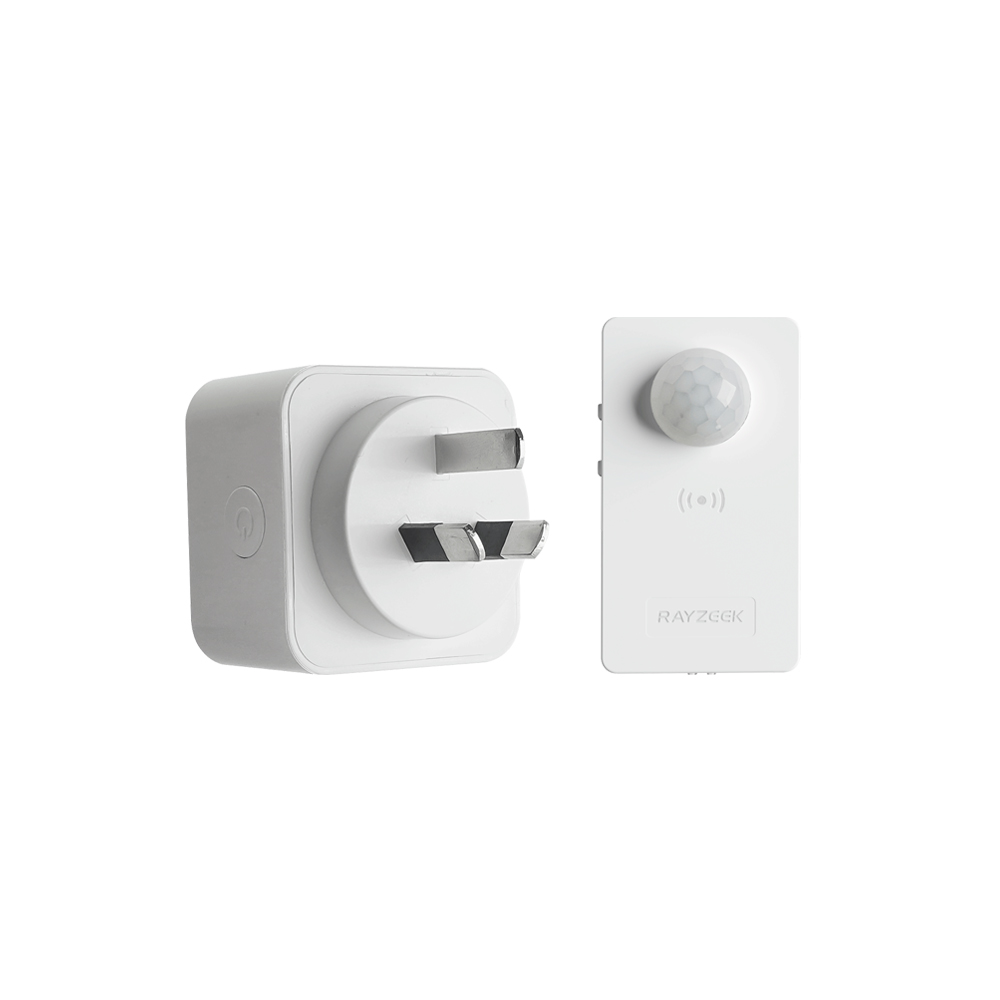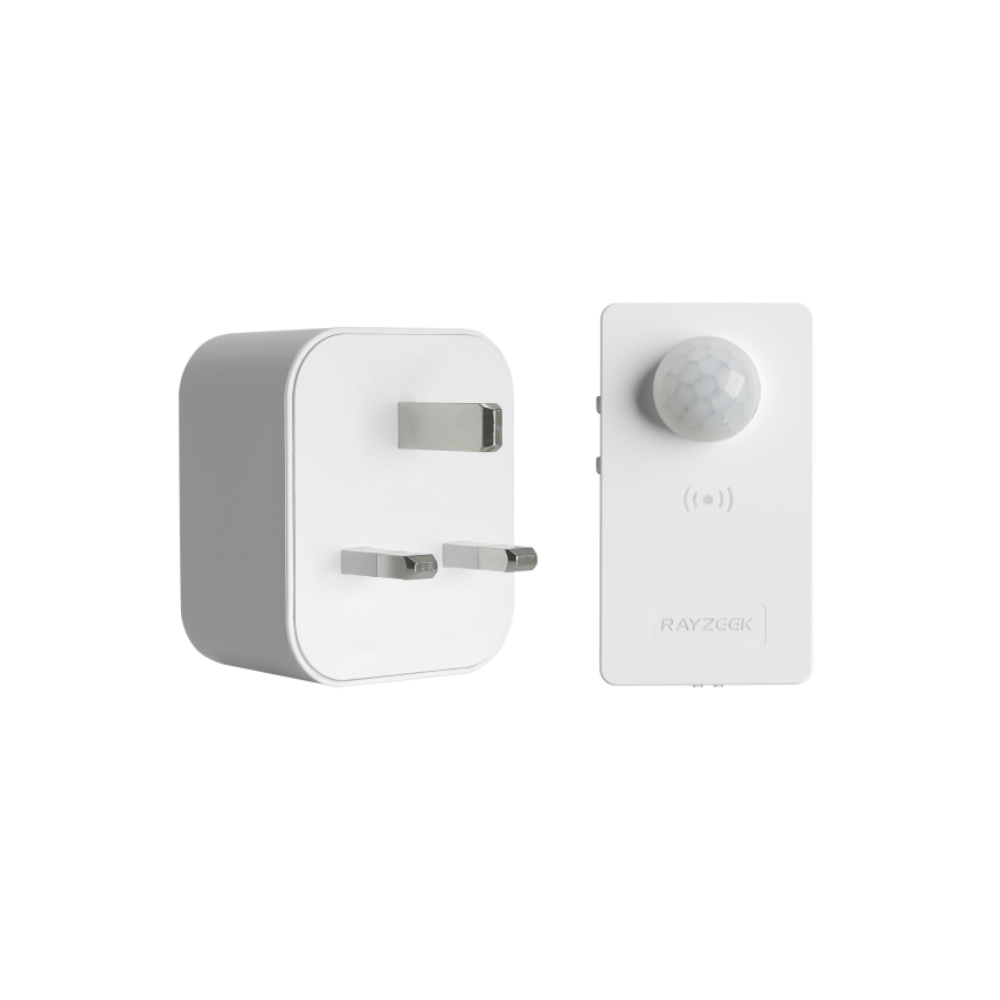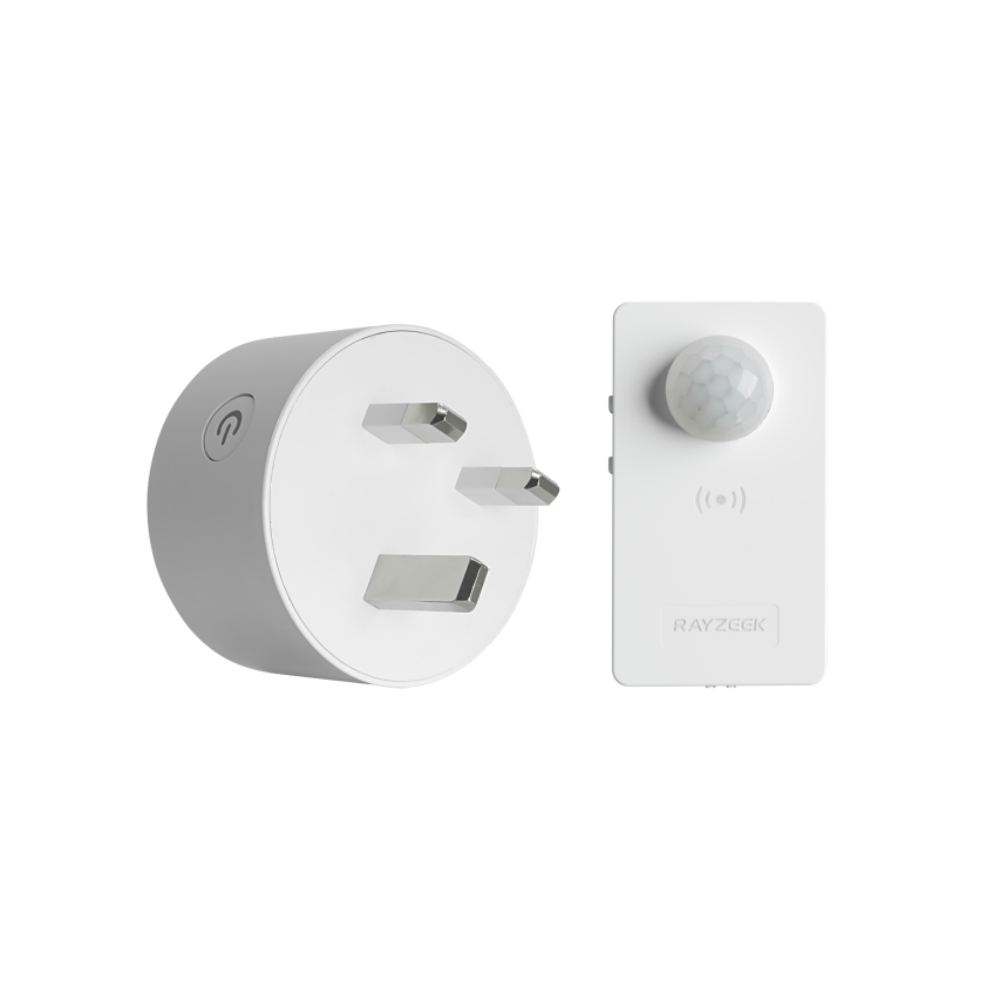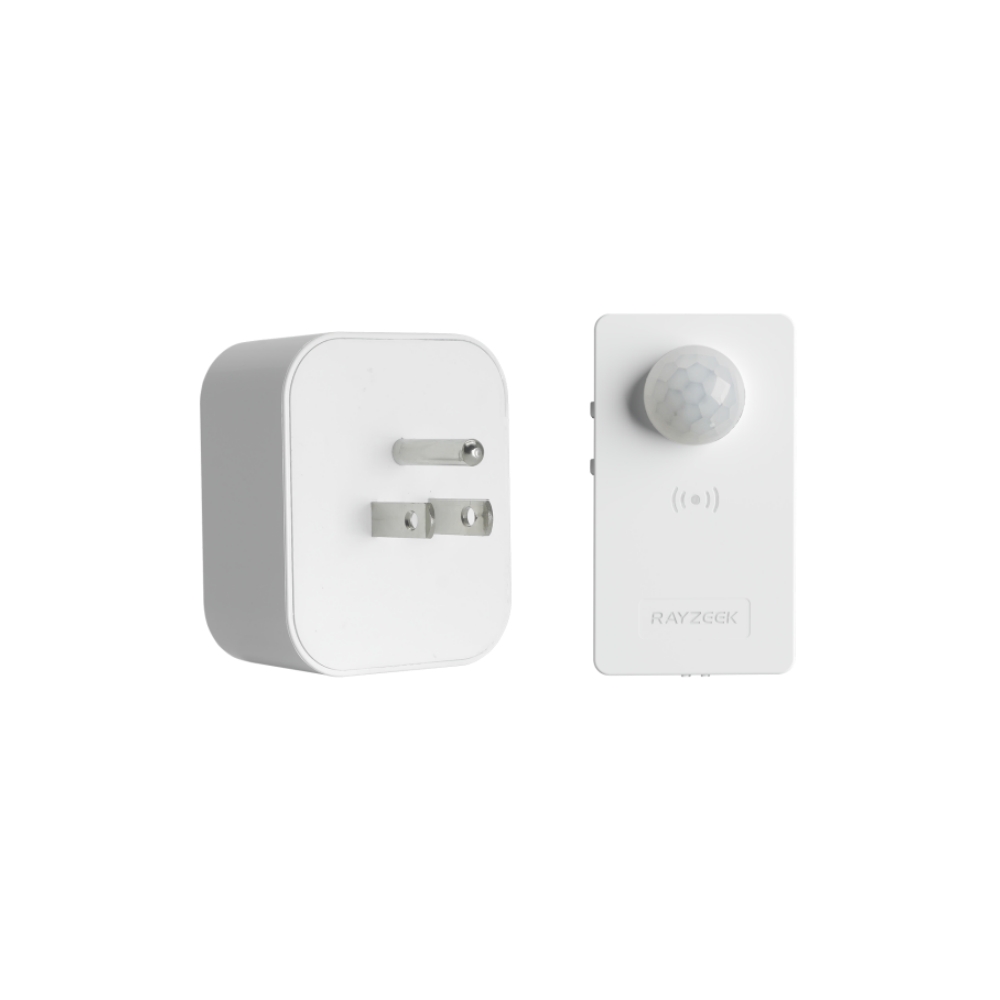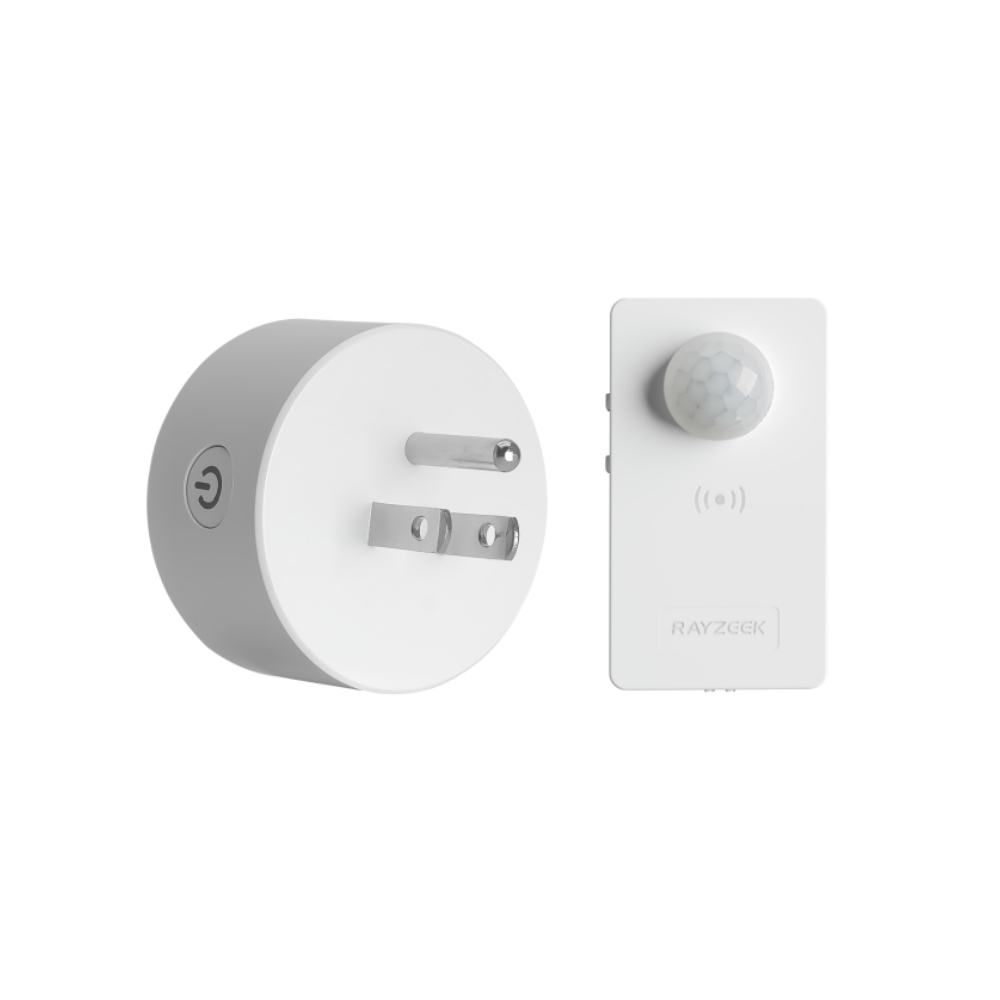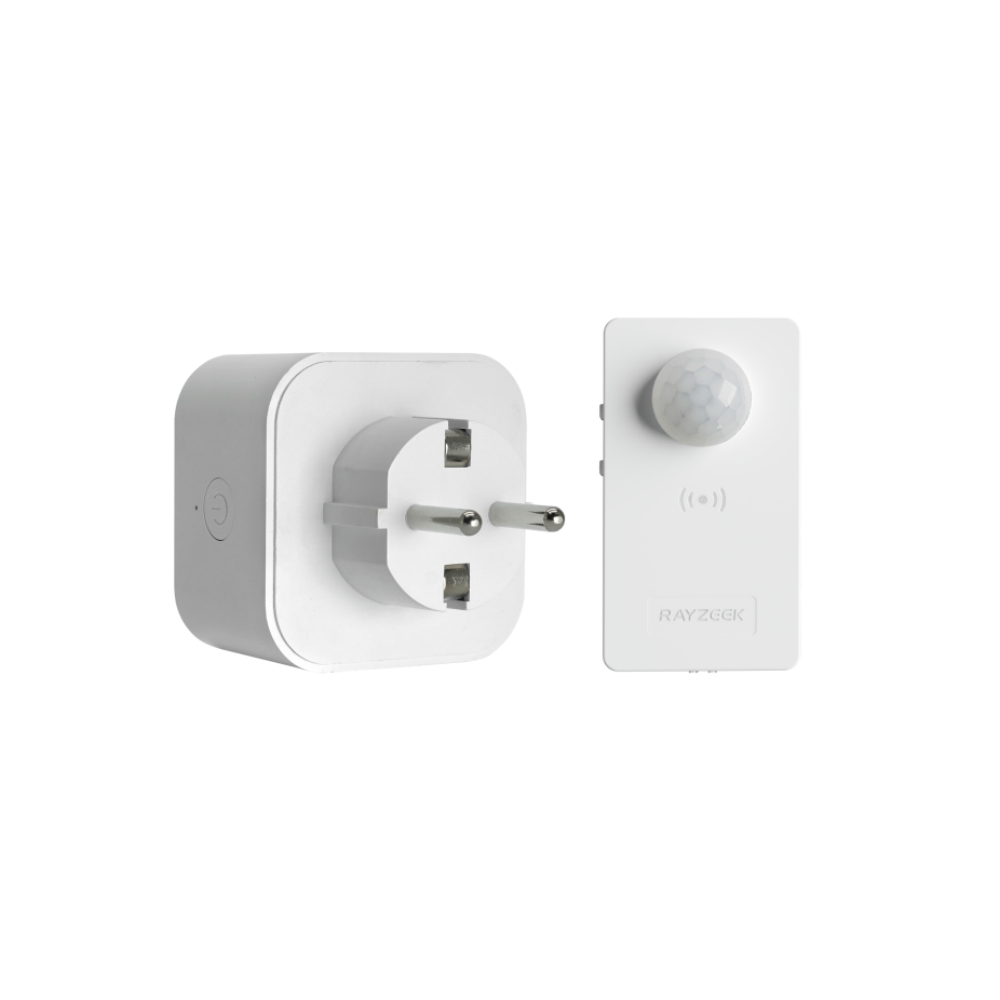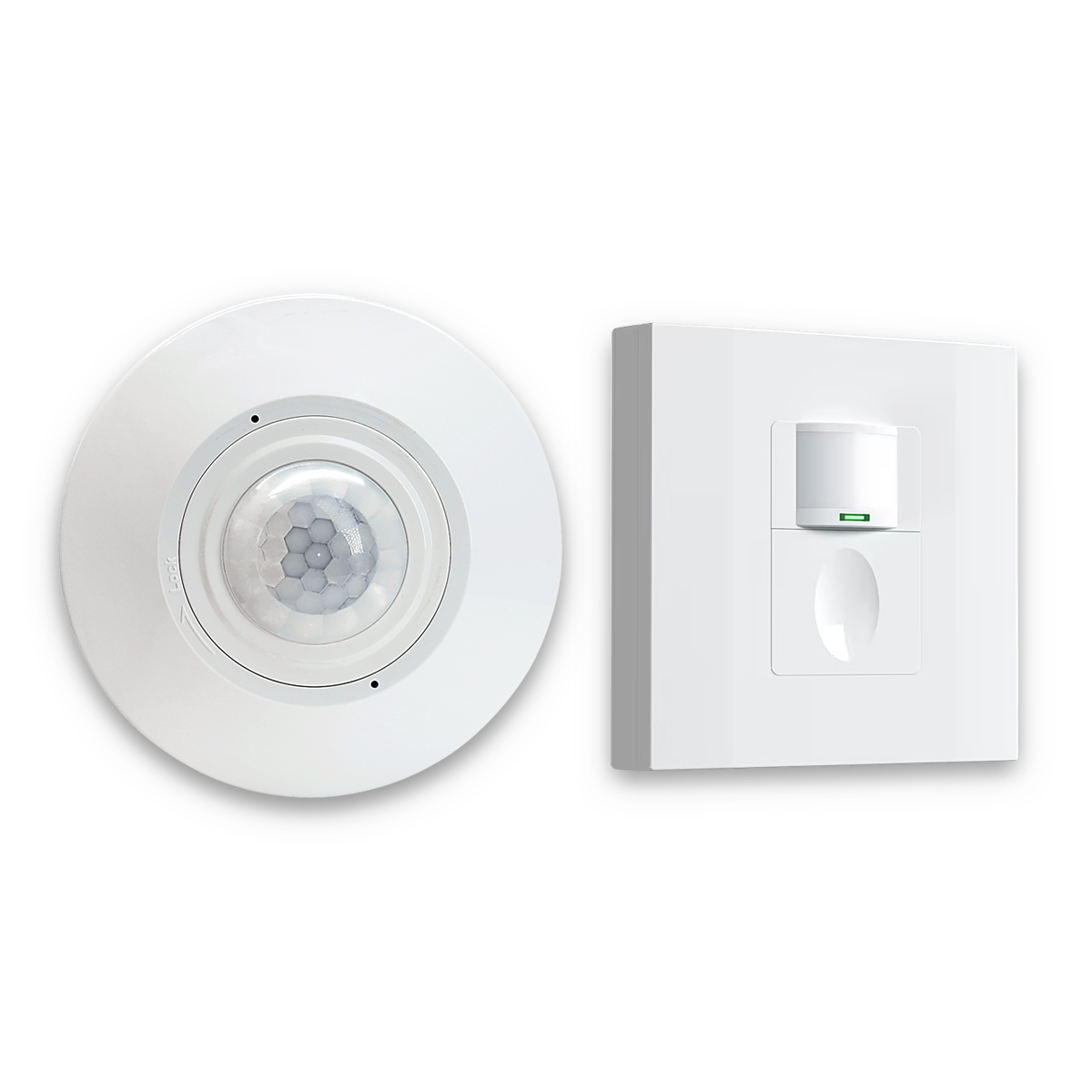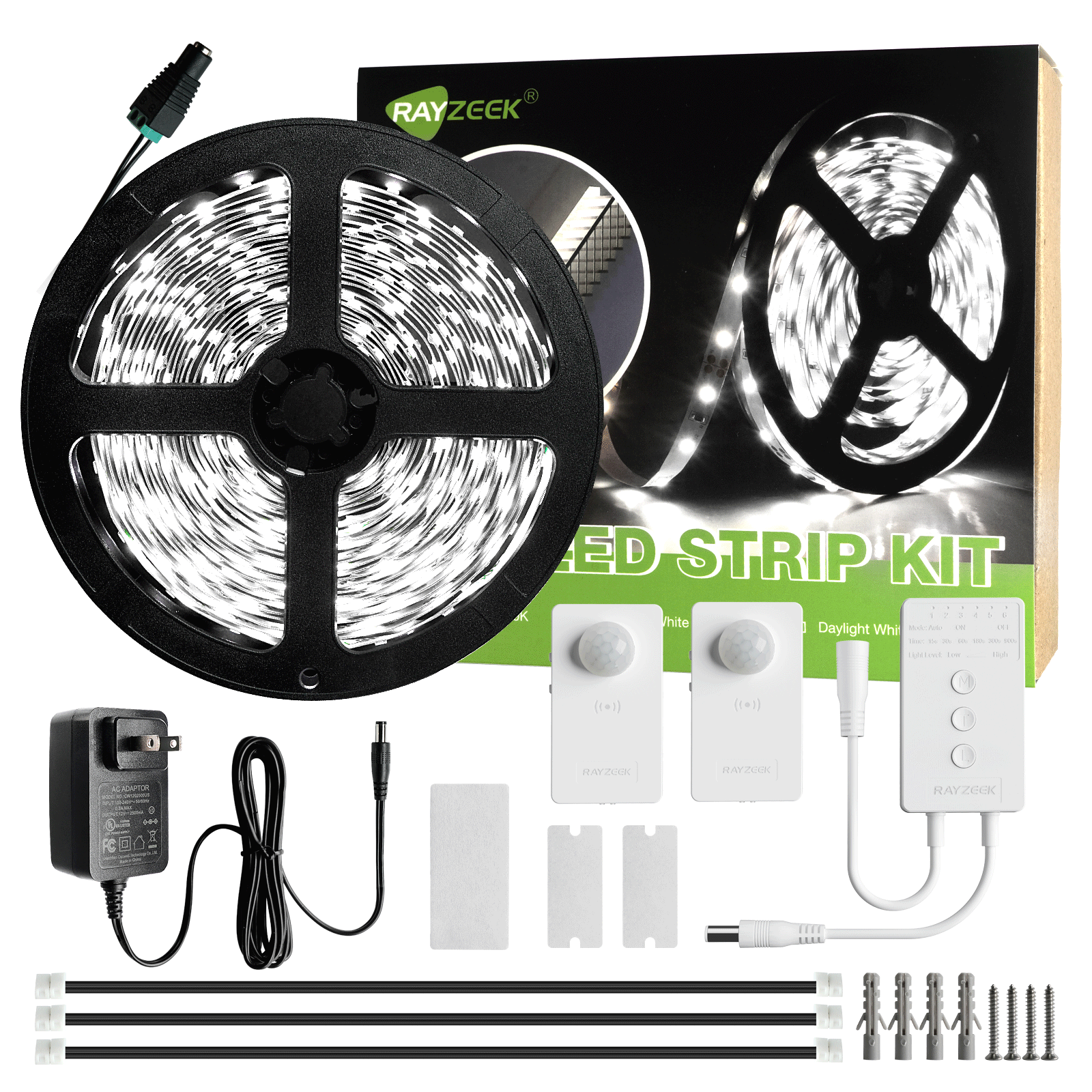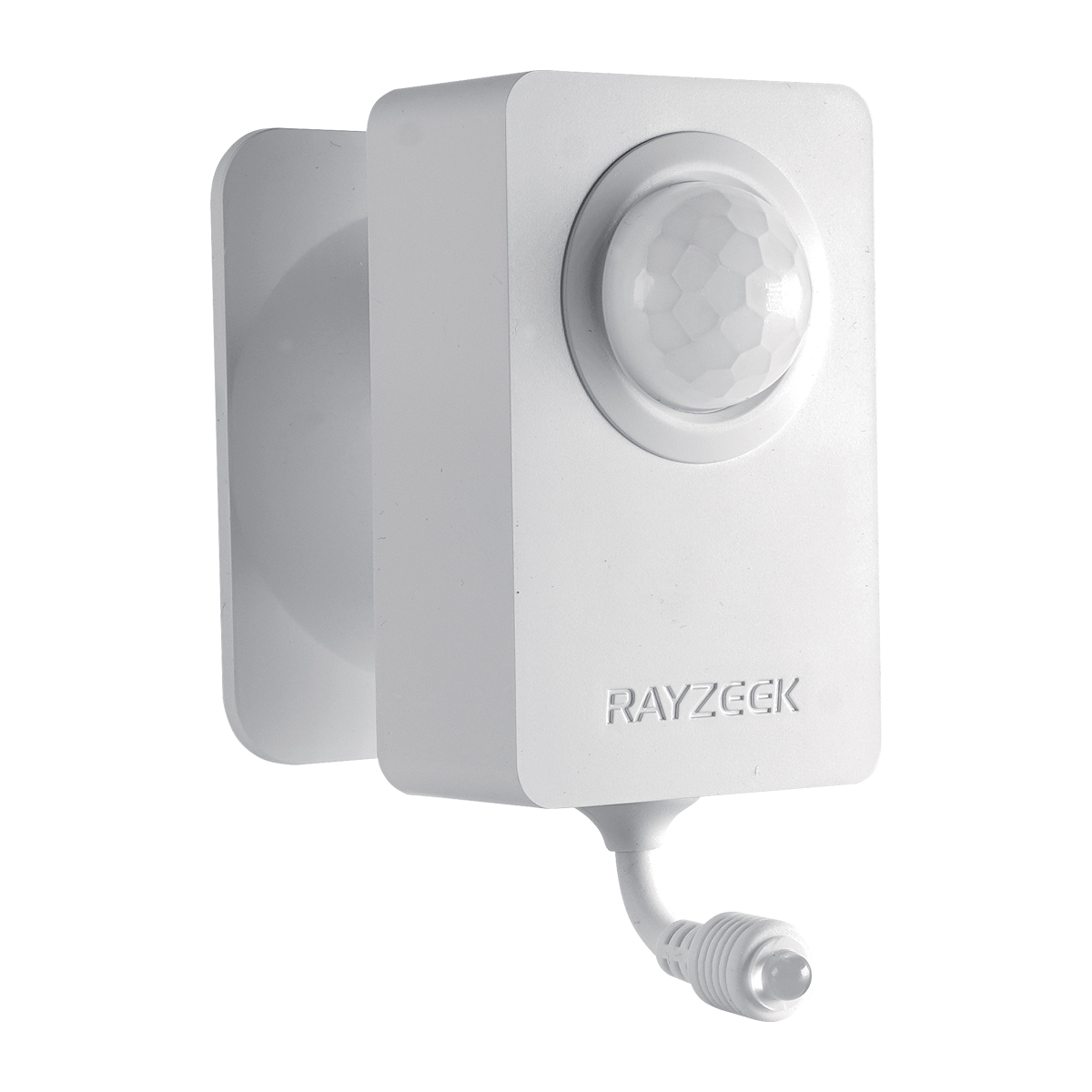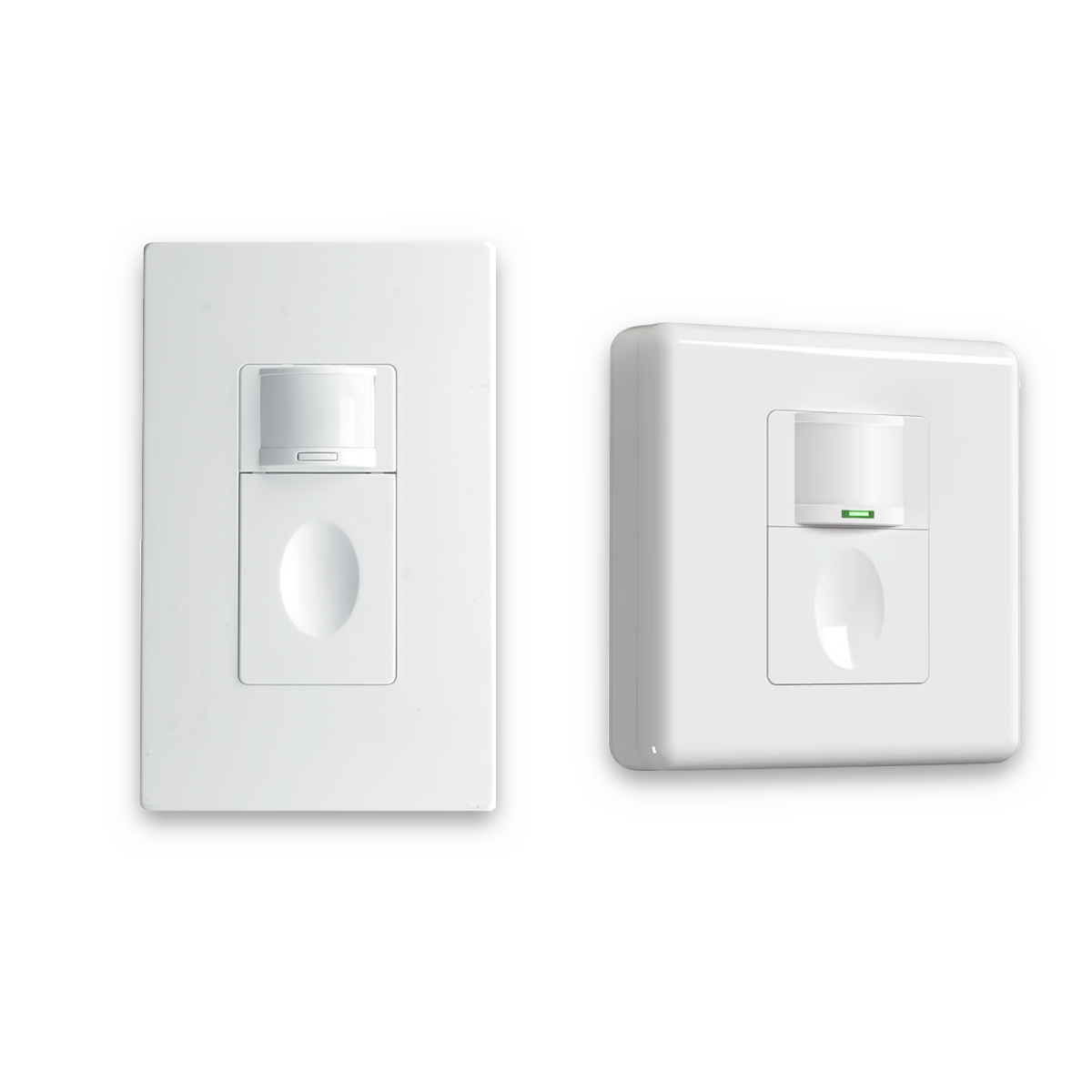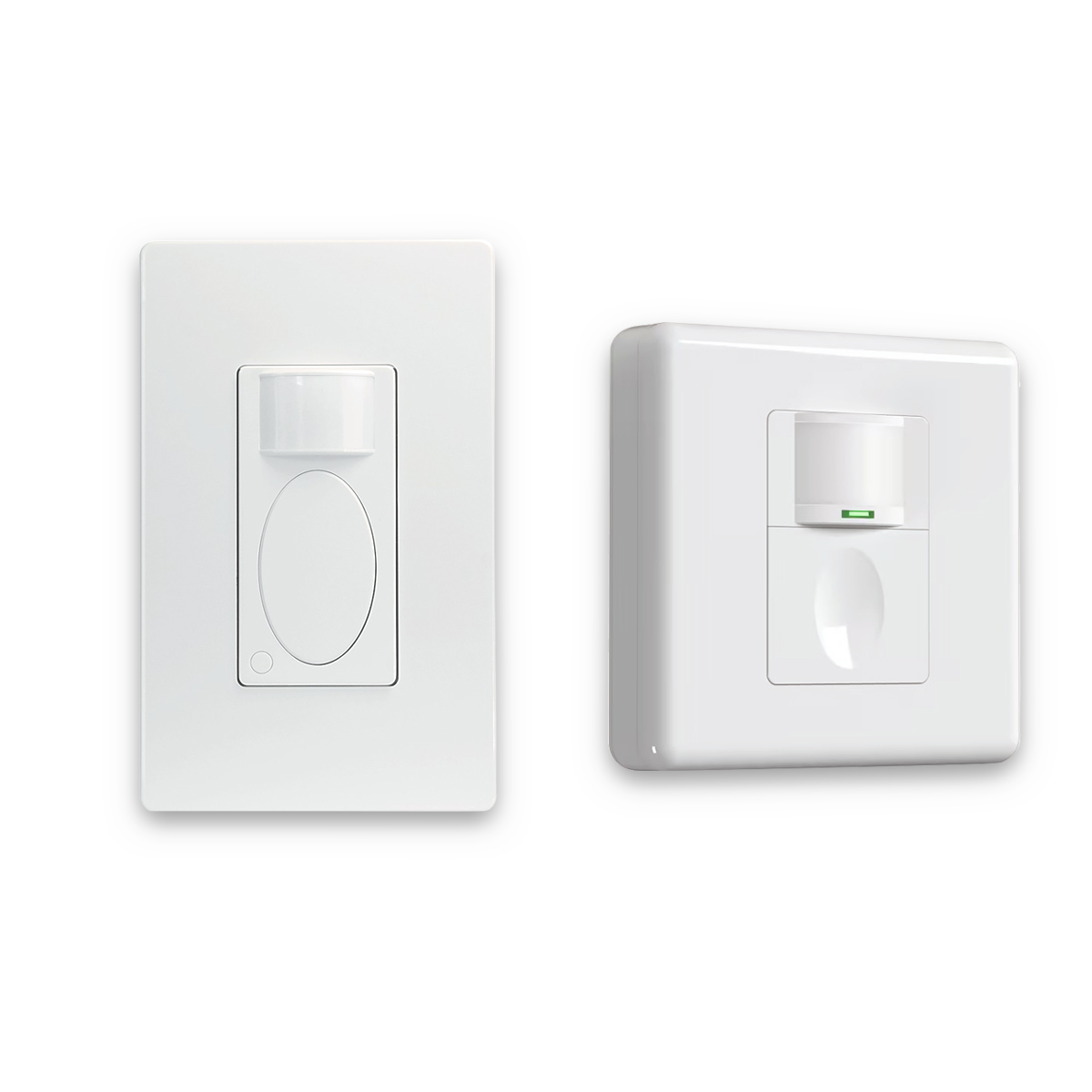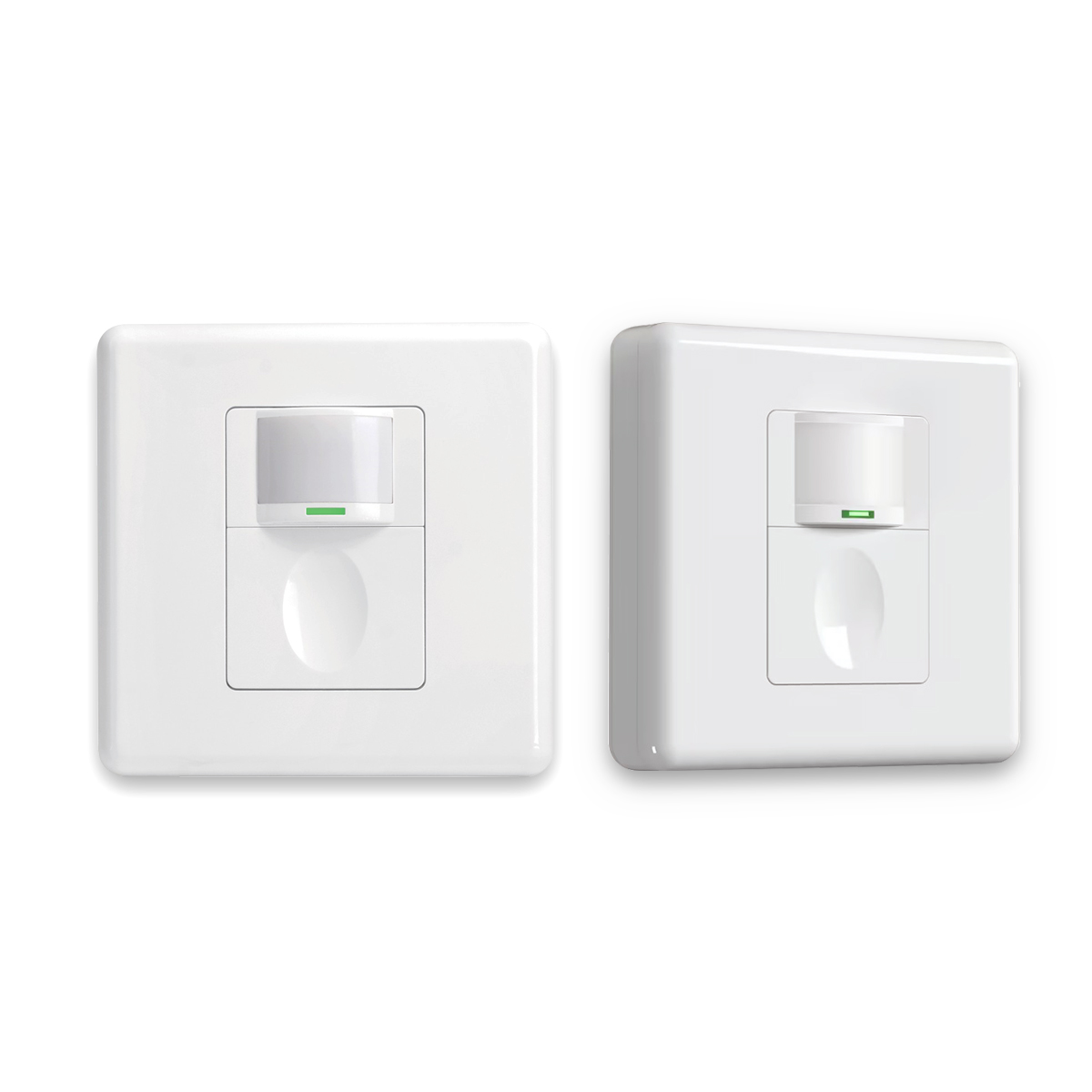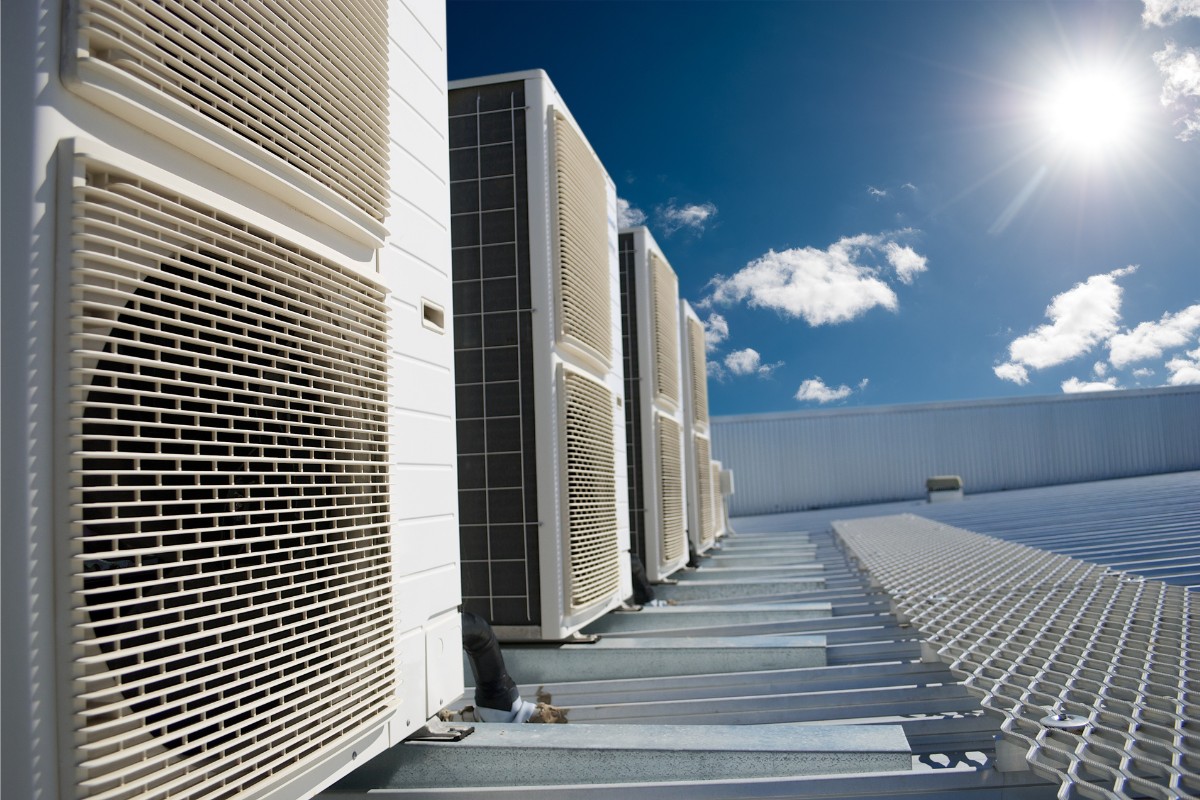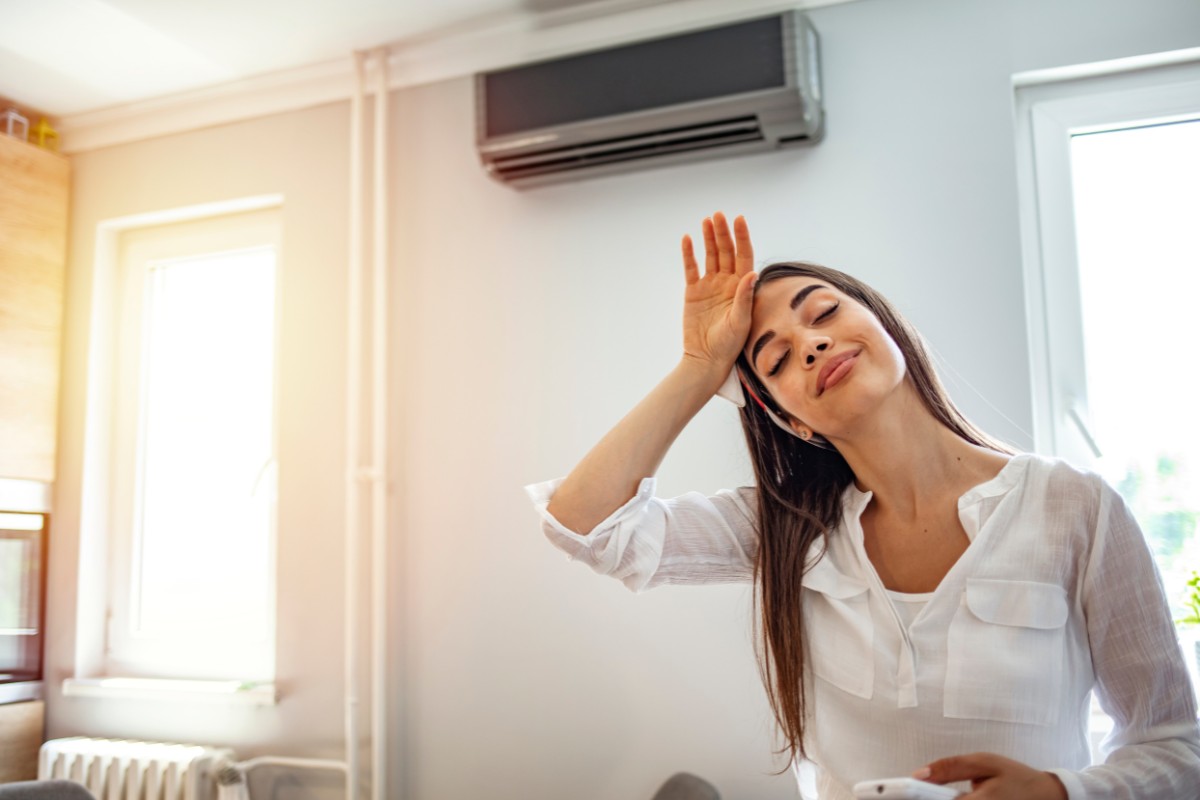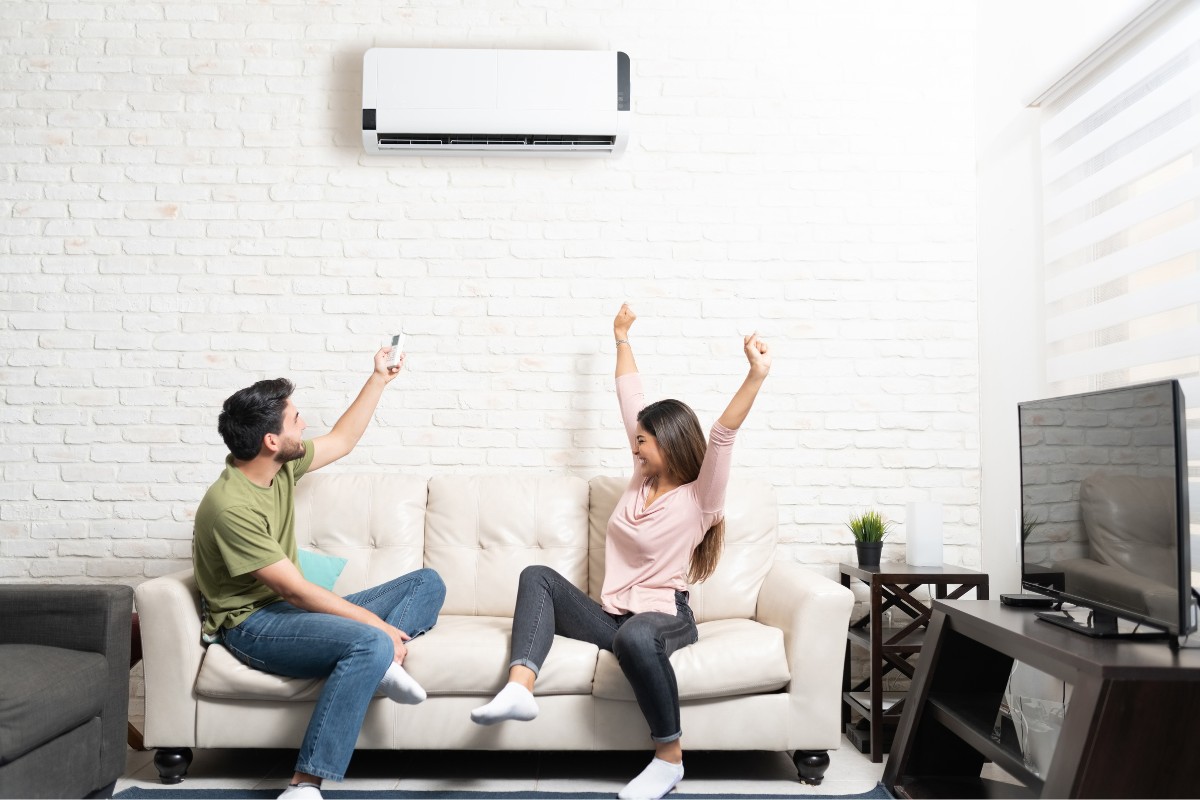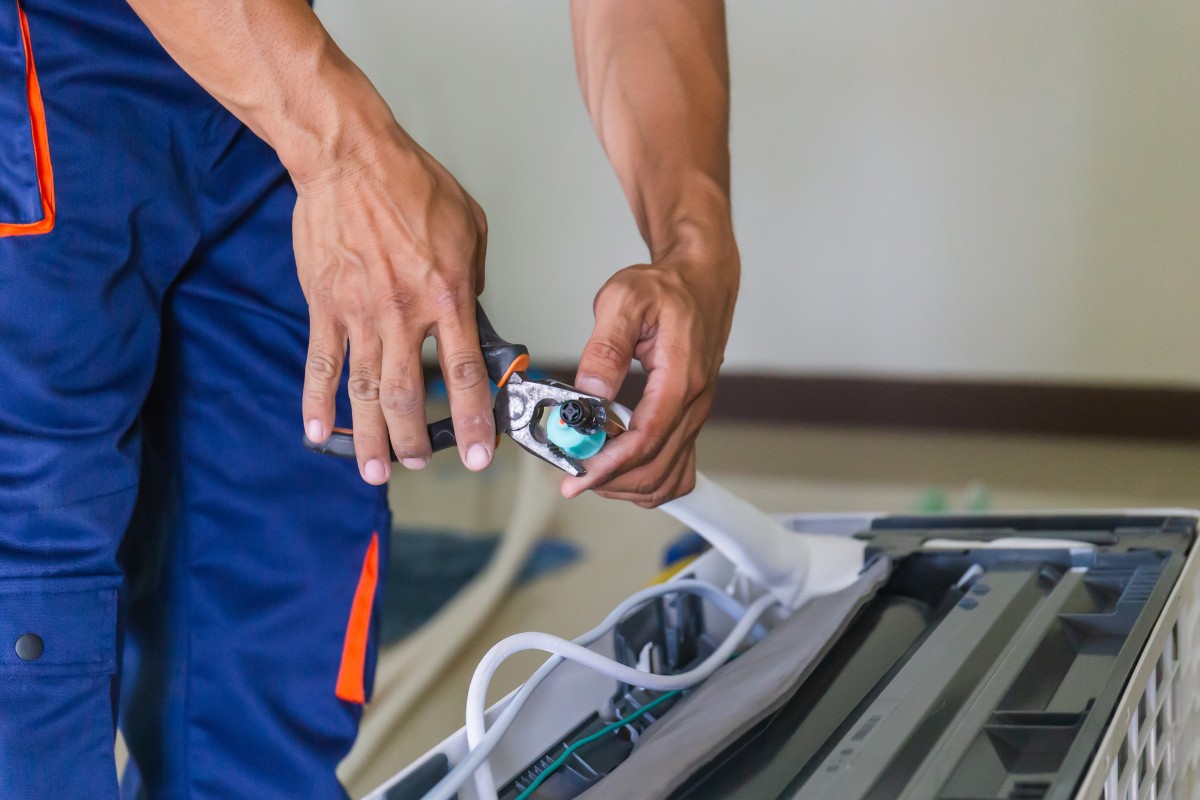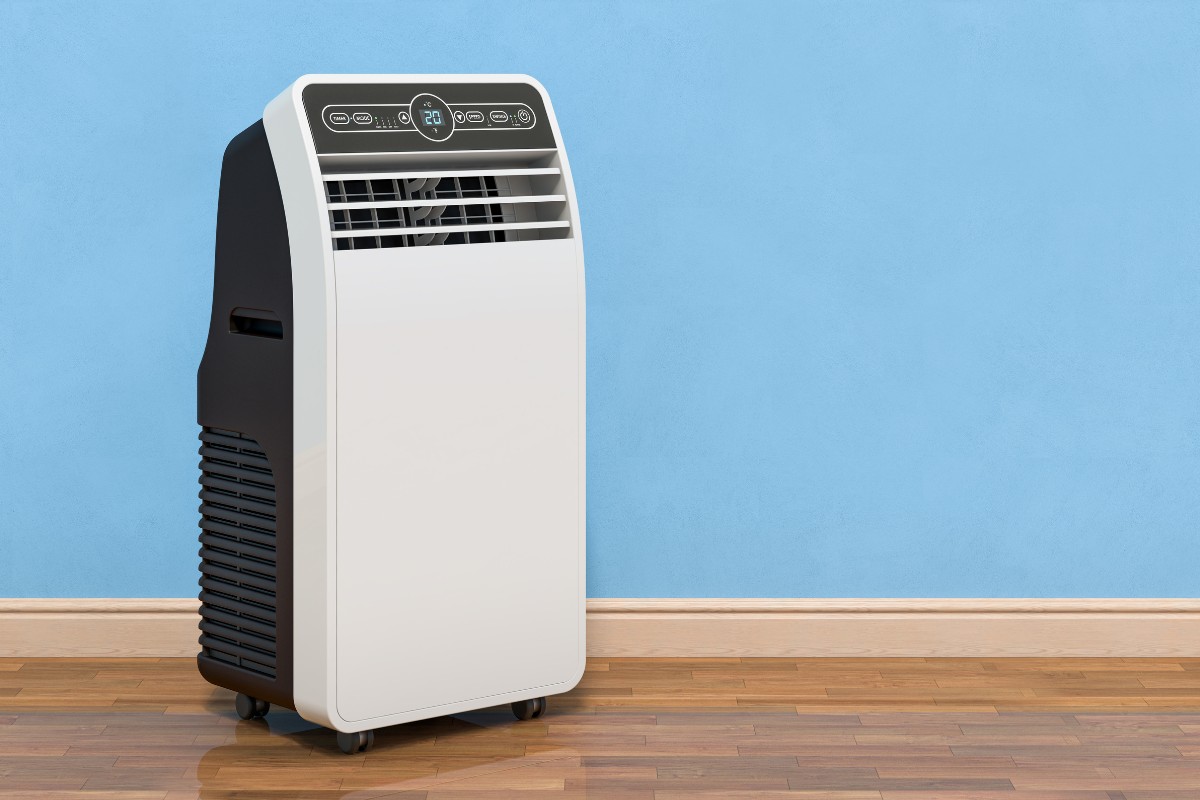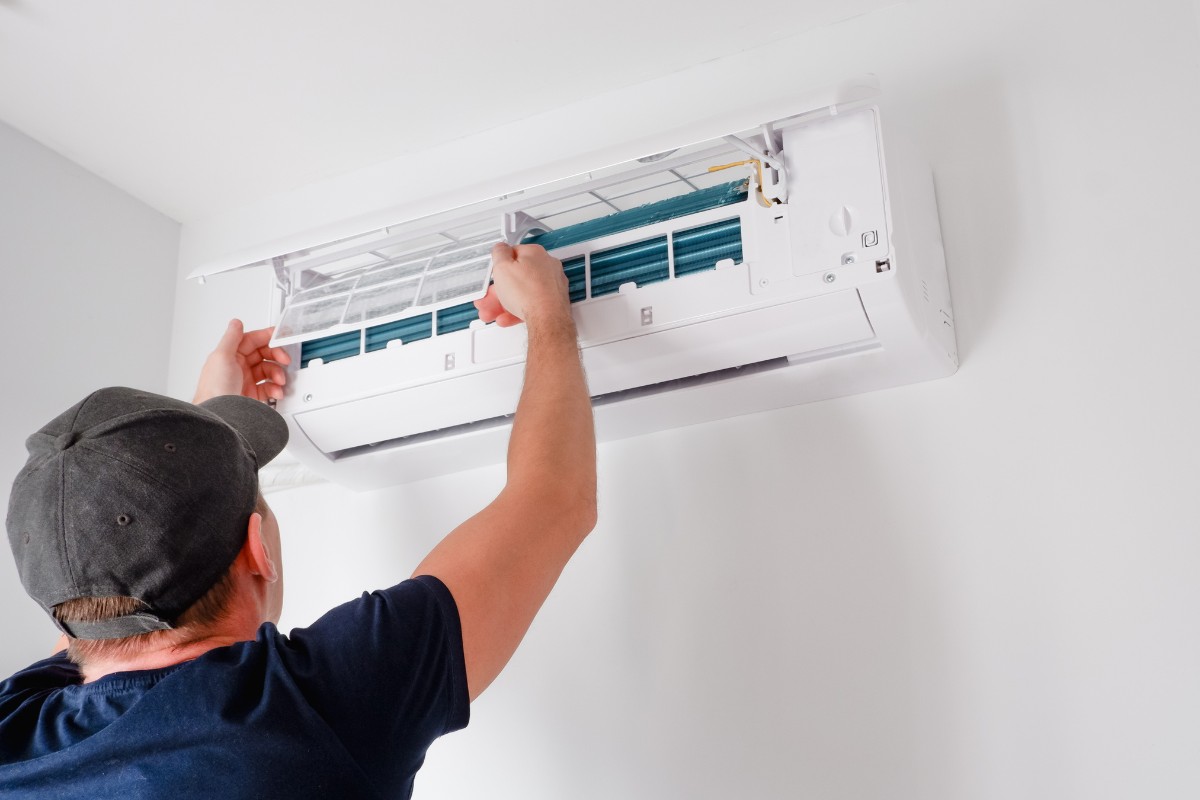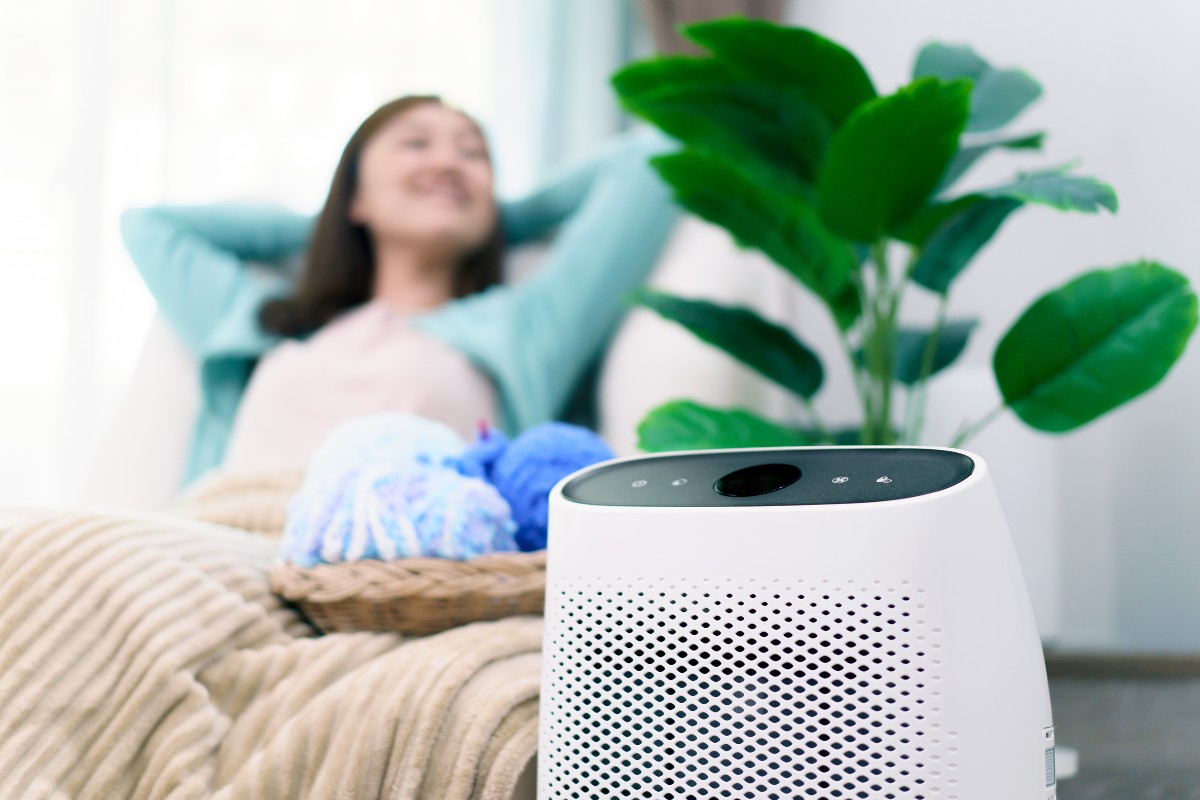Чи не є пошук правильного балансу між комфортом та енергоефективністю в кондиціонуванні повітря вирішальним для зменшення рахунків за комунальні послуги та впливу на навколишнє середовище? У цьому посібнику розглядаються ідеальні температурні налаштування кондиціонера, сучасні технології термостатів, додаткові стратегії енергозбереження та важливість регулярного технічного обслуговування. Впроваджуючи ці підходи, ви можете значно зменшити споживання енергії, зберігаючи при цьому комфортний житловий простір.
Рекомендовані налаштування температури змінного струму для максимальної економії енергії
Налаштування кондиціонера на оптимальну енергоефективність передбачає знаходження правильного балансу між комфортом та енергозбереженням. Ідеальні температурні налаштування можуть мати реальне значення.
Оптимальні денні налаштування
На основі численних досліджень Міністерство енергетики США рекомендує температуру 78°F (25,5°C), коли ви перебуваєте вдома і не спите. Ця температура вважається оптимальною для енергоефективності без суттєвого зниження комфорту. Однак це загальні рекомендації, і індивідуальні уподобання можуть відрізнятися.
Чому 78°F? Ця температура підтримує комфортні умови в приміщенні, мінімізуючи при цьому споживання енергії. За такого налаштування різниця температур у приміщенні та зовні зазвичай досить мала, щоб зменшити навантаження на блок кондиціонера, але при цьому він все одно забезпечує помітне охолодження.
Налаштування поза домом
Коли ви їдете на тривалий час, регулювання термостата може призвести до значної економії енергії. Міністерство енергетики рекомендує підвищувати температуру на 7-10 градусів за Фаренгейтом - до 85°F (29,4°C) - коли ви у від'їзді. Таке регулювання значно економить енергію. Ваша оселя не перегріватиметься.
Чи не знадобиться більше енергії для охолодження мого будинку, коли я повернуся? Спочатку ваш кондиціонер працюватиме інтенсивніше, але енергія, заощаджена під час тривалої перерви, зазвичай переважує це. Для ще більшої економії, поки ви у від'їзді, розгляньте розумне рішення на кшталт Датчик руху Rayzeek RZ050 AC. Він запам'ятовує сигнал вимкнення з пульта дистанційного керування кондиціонера і автоматично вимикає блок, коли в будинку нікого немає, запобігаючи марному витрачанню енергії під час вашої відсутності. Ви повернетеся до комфортної температури без почуття провини за завищені рахунки за електроенергію.
Нічні рекомендації
Для оптимального сну та економії енергії нічна температура повинна бути в межах 70-72°F, або 21-22°C. Ця трохи нижча температура відповідає природним циркадним ритмам організму, що потенційно покращує якість сну, зберігаючи при цьому енергоефективність.
Вплив регулювання температури
Навіть невеликі зміни температури можуть мати надзвичайно значний вплив на енергоспоживання. Підвищення температури на один градус може заощадити 1-3% енергії. Підвищення температури з 72°F до 78°F може заощадити до 18% на витратах на охолодження.
Стратегії адаптації до енергоефективних умов
Хоча перехід до енергоефективних налаштувань може потребувати певного пристосування, довгострокові переваги є суттєвими. Тому спробуйте поступовий підхід, збільшуючи типове налаштування температури на 1 градус щотижня. Це дозволить вашому організму акліматизуватися з часом. Стратегічно використовуйте вентилятори, щоб створити ефект прохолоди від вітру, завдяки чому в кімнаті стане на 4°F прохолодніше. Також може допомогти зміна одягу та постільної білизни на більш легкі та повітропроникні варіанти. Достатнє зволоження організму допомагає йому регулювати температуру. Нарешті, скористайтеся перевагами прохолодної ранкової та вечірньої температури, відкриваючи вікна для природної вентиляції. Окрім цих стратегій, автоматизація використання кондиціонера за допомогою такого пристрою, як Rayzeek RZ050 може ще більше підвищити вашу економію. Цей датчик руху гарантує, що ваш кондиціонер не працюватиме в порожніх кімнатах, максимізуючи ваші зусилля з енергоефективності. Його регульована затримка ввімкнення та датчик освітленості дозволяють персоналізувати керування, забезпечуючи комфорт без шкоди для ефективності.
Впровадження цих рекомендованих температурних налаштувань та стратегій адаптації може значно зменшити споживання енергії без шкоди для комфорту. Мета полягає в тому, щоб знайти баланс, який найкраще підходить для вашого домогосподарства, надаючи при цьому пріоритет енергоефективності.
Використання програмованих та розумних термостатів для енергоефективності
Програмовані та розумні терморегулятори - це потужні інструменти для оптимальної енергоефективності. Як ці пристрої сприяють економії енергії і що робить їх такими ефективними?
Вступ до програмованих термостатів
Програмовані термостати - це значний крок вперед у порівнянні з традиційними ручними термостатами. Вони дозволяють встановлювати певні температурні графіки на основі ваших щоденних звичок, забезпечуючи ефективну роботу кондиціонера без постійних ручних налаштувань.
Користувацькі температурні графіки
Запрограмуйте різну температуру для різних часів дня і тижня. Наприклад, встановіть вищу температуру в робочі години та прохолоднішу перед поверненням додому.
Кілька періодів програмування
Більшість з них пропонують щонайменше чотири періоди програмування на день, що дозволяє точно контролювати температуру.
Функція перевизначення
Легко змінюйте запрограмовані налаштування, не порушуючи загальний графік, якщо плани змінюються.
Звіти про використання енергії
Деякі моделі надають звіти про використання енергії, допомагаючи вам виявити закономірності та можливості для економії.
Розширені можливості розумних термостатів
Розумні термостати значно підвищують енергоефективність завдяки передовим технологіям і можливостям підключення. Ці пристрої вчаться на вашій поведінці, надають віддалений доступ і можуть інтегруватися з іншими системами розумного будинку.
Підключення до Wi-Fi
Підключіться до домашнього Wi-Fi, щоб керувати системою опалення, вентиляції та кондиціонування з будь-якого місця за допомогою програми для смартфона або веб-інтерфейсу.
Здатність до навчання
Багато з них запам'ятовують ваші вподобання та звички, автоматично регулюючи температуру для оптимального комфорту та ефективності.
Виявлення присутності людей
Деякі використовують датчики або геозони, щоб визначати, коли ви вдома, а коли ні, і відповідно регулювати температуру.
Інтеграція з екосистемами розумного будинку
Інтеграція з іншими пристроями розумного будинку, такими як голосові асистенти або розумні системи освітлення, для комплексного управління енергоспоживанням будинку.
Інформація про використання енергії
Розширена аналітика надає детальну інформацію про енергоспоживання, часто з пропозиціями щодо покращення.
Налаштування графіків енергозбереження
Створення власних розкладів - це потужна функція як програмованих, так і розумних термостатів. Ось загальний посібник:
Розклад по буднях:
- Час пробудження: 78°F приблизно за 30 хвилин до того, як ви прокинетеся.
- Робочі години: Збільшити до 85°F, якщо будинок порожній.
- Доброго вечора: Поверніться до температури 78°F приблизно за 30 хвилин до прибуття додому.
- Сон: 70-72°F приблизно за годину до сну.
Розклад на вихідні:
Налаштуйте його відповідно до свого розпорядку дня на вихідних.
Це лише загальні рекомендації. Пристосовуйте розклад до своїх звичок та вподобань.
Функції віддаленого доступу та керування
Дистанційне керування термостатом змінює правила гри у сфері енергоефективності. З розумними термостатами:
- Налаштуйте параметри на ходу. Плани змінюються. Розумні термостати адаптуються.
- Контролюйте температуру та енергоспоживання вашого будинку з будь-якого місця.
- Отримуйте сповіщення про незвичні зміни температури або проблеми в системі.
- Використовуйте геозонування, щоб автоматично регулювати температуру залежно від вашого місцезнаходження.
Можливості навчання та автоматизація
Мабуть, найбільш вражаючою особливістю розумних термостатів є їхня здатність до навчання та адаптації. З часом ці пристрої можуть:
- Вивчіть свої температурні уподобання.
- Зрозумійте схеми опалення та охолодження вашого будинку.
- Враховуйте місцеву погоду для оптимізації налаштувань.
- Надайте пропозиції щодо енергозбереження.
Потенційна економія енергії
Хоча точна економія залежить від індивідуального використання та місцевих витрат на електроенергію, як програмовані, так і розумні термостати можуть значно зменшити споживання енергії. За оцінками EPA, програмований термостат може заощадити близько $180 щорічно на витратах на електроенергію.
Розумні термостати можуть забезпечити ще більшу економію. Деякі виробники заявляють про економію до 10-15% витрат на опалення та охолодження. Ця економія залежить від різних факторів, зокрема від попередніх налаштувань і звичок вашого термостата, місцевого клімату, ефективності вашої системи опалення, вентиляції та кондиціонування, розміру та ізоляції вашого будинку, а також від вашої готовності адаптуватися до рекомендованих температурних режимів.
Додаткові стратегії для максимального енергозбереження кондиціонерів
Оптимізація налаштувань термостата має важливе значення для енергоефективності, але численні додаткові стратегії можуть ще більше підвищити продуктивність вашого кондиціонера та зменшити енергоспоживання. Давайте розглянемо ці методи.
Можливо, вас зацікавить
Підвищення ефективності охолодження за допомогою вентиляторів
Вентилятори - потужний союзник у вашому прагненні до енергоефективності. Як вони сприяють охолодженню і як їх найкраще використовувати?
Стельові вентилятори
Стельові вентилятори створюють ефект вітрової прохолоди, завдяки чому в приміщенні стає на 4°F прохолодніше. Влітку переконайтеся, що стельові вентилятори обертаються проти годинникової стрілки, щоб спрямовувати повітря вниз.
Портативні вентилятори
Стратегічно розміщені портативні вентилятори циркулюють прохолодне повітря по всій оселі. Подумайте про те, щоб розмістити вентилятор навпроти вікна, щоб втягувати прохолодне повітря ввечері або рано вранці.
Вентилятори для всього будинку
Ці потужні вентилятори, які зазвичай встановлюються на горищі, швидко втягують прохолодне повітря через відкриті вікна і виводять гаряче повітря через горище. Вони особливо ефективні в прохолодні вечори.
Вентилятори охолоджують людей, а не саме повітря. Вимикайте їх, коли виходите з кімнати.
Керування сонячним світлом і надходженням тепла
Сонячне світло суттєво впливає на температуру у вашій оселі. Як ви можете керувати сонячним світлом на свою користь?
Обробка вікон
Використовуйте жалюзі, штори або завіси, щоб блокувати сонячне світло в найспекотніші частини дня. Світлі підкладки на шторах можуть відбивати тепло назад назовні.
Світловідбиваючі плівки для вікон
Ці плівки можуть блокувати до 70% сонячного тепла, пропускаючи при цьому природне світло.
Зовнішнє затінення
Тенти, сонячні екрани або навіть стратегічно висаджені дерева можуть забезпечити тінь і зменшити надходження тепла.
Розумне скло
Подумайте про розумне скло або електрохромні вікна, які автоматично змінюють свій відтінок залежно від інтенсивності сонячного світла.
Використання природної вентиляції
Хоча це може здатися нелогічним, але стратегічне відкриття вікон дійсно може підвищити енергоефективність.
Перехресна вентиляція
Відкрийте вікна на протилежних сторонах будинку, щоб створити природний потік повітря. Це найкраще працює в прохолодні періоди.
Ефект стека
У багатоповерхових будинках відкривайте вікна на найнижчих і найвищих поверхах, щоб створити ефект димоходу, втягуючи прохолодне повітря і випускаючи тепле.
Нічний змив
Відкривайте вікна вночі, коли прохолодніше, а вранці закривайте їх і зашторюйте, щоб затримати прохолодне повітря.
Мінімізація внутрішнього тепловиділення
Багато повсякденних дій генерують тепло у вашій оселі, змушуючи кондиціонер працювати важче. Як це можна зменшити?
Використання приладу
Використовуйте теплогенеруючі прилади, такі як духовки, сушарки та посудомийні машини, у прохолодну пору дня, бажано ввечері.
Енергоефективне освітлення
Перейдіть на світлодіодні лампочки, які виробляють менше тепла.
Управління електронікою
Вимикайте та виймайте з розетки електроніку, коли вона не використовується, оскільки вона виділяє тепло навіть у режимі очікування.
Альтернативні способи приготування
Використовуйте гриль на відкритому повітрі або мікрохвильову піч, коли це можливо.
Покращення теплоізоляції та герметизації будинку
Добре ізольований і герметичний будинок може значно зменшити навантаження на ваш кондиціонер. На яких ділянках слід зосередитися?
Утеплення горища
Переконайтеся, що горище належним чином ізольоване, щоб запобігти випромінюванню тепла вниз.
Утеплення стін
Якщо можливо, додайте ізоляцію до стін, особливо в старих будинках.
Повітряне ущільнення
Ущільнюйте витоки повітря навколо вікон, дверей і точок входу в приміщення. Навіть невеликі витоки можуть суттєво вплинути на ефективність.
Ущільнення повітропроводів
Переконайтеся, що ваші канали ОВіК належним чином ущільнені, щоб запобігти витоку охолодженого повітря.
Покращення контролю вологості
Вологість відіграє вирішальну роль у тому, як ми сприймаємо температуру. Як можна керувати рівнем вологості?
Осушувачі повітря
У вологому кліматі осушувач повітря, який використовується з кондиціонером, може дозволити вам встановити термостат на кілька градусів вище, зберігаючи при цьому комфорт.
Вентиляція у ванній кімнаті та кухні
Використовуйте витяжні вентилятори в зонах з підвищеною вологістю.
Кімнатні рослини
Рослини можуть підвищувати вологість, але вони також поглинають тепло. Розміщуйте їх стратегічно.
Впровадження стратегій озеленення
Оточення вашого будинку може суттєво впливати на його температуру. Як можна використати ландшафтний дизайн на свою користь?
Тіньові дерева
Посадіть листяні дерева на південній і західній сторонах будинку для літньої тіні.
Зелені дахи або світловідбиваюча покрівля
Вони можуть значно зменшити поглинання тепла дахом.
Вітровки
Стратегічно висаджені дерева або кущі можуть створити вітрозахисні смуги.
Грунтовий покрив
Замініть теплопоглинаючу бруківку біля вашого будинку ґрунтопокривними рослинами або світлим гравієм.
Обслуговування системи кондиціонування для оптимальної енергоефективності
Звичайно, регулярне технічне обслуговування має вирішальне значення для максимальної ефективності кондиціонера. Що передбачає належне технічне обслуговування і як воно сприяє енергозбереженню?
Регулярне обслуговування повітряного фільтра
Повітряні фільтри є життєво важливими для ефективності вашого кондиціонера. Як часто їх потрібно міняти і чому це так важливо?
Шукаєте енергозберігаючі рішення, що активуються рухом?
Звертайтеся до нас за комплексними PIR-датчиками руху, енергозберігаючими продуктами, що активуються рухом, вимикачами з датчиками руху та комерційними рішеннями для датчиків зайнятості/вакантності.
Частота
Перевіряйте повітряний фільтр щомісяця і замінюйте його кожні 1-3 місяці або частіше, якщо потрібно.
Вплив на ефективність
Чисті фільтри забезпечують кращий потік повітря. Менше навантаження на ваш кондиціонер. 5-15% заощаджує енергію.
Обслуговування своїми руками
Заміна повітряних фільтрів - просте завдання, яке можна виконати своїми руками. Переконайтеся, що ви використовуєте правильний розмір і тип.
Професійне щорічне технічне обслуговування
Хоча багато завдань з технічного обслуговування можна виконати своїми руками, щорічний професійний огляд має важливе значення. Що це зазвичай включає в себе?
Комплексна перевірка
Технічний спеціаліст перевірить усі компоненти системи.
Перевірка холодоагенту
Належний рівень холодоагенту має вирішальне значення для ефективності. Низький рівень може збільшити споживання енергії на 20% або більше.
Калібрування
Спеціаліст забезпечить точне калібрування термостата.
Прибирання
Професійне прибирання може значно підвищити ефективність.
Забезпечення належного повітряного потоку
Адекватний повітряний потік має важливе значення для продуктивності вашого кондиціонера. Як його підтримувати?
Чіткі перешкоди
Переконайтеся, що вентиляційні отвори та регістри не заблоковані.
Допуск зовнішнього блоку
Тримайте зону навколо зовнішнього блоку вільною.
Інспекція повітропроводів
Перевірте повітропроводи на наявність засмічень або витоків.
Очищення критично важливих компонентів
Деякі компоненти кондиціонера потребують регулярного очищення. На чому слід зосередитися?
Котушки випарника та конденсатора
Їх слід чистити щороку. Брудні котушки можуть знизити ефективність до 30%.
Відведення конденсату
Щорічно або за необхідності очищайте конденсатоотводчик.
Лопаті вентилятора
Чисті лопаті вентилятора забезпечують належну циркуляцію повітря.
Керування рівнем холодоагенту
Належний рівень холодоагенту має вирішальне значення для ефективності вашого кондиціонера. Що потрібно знати?
Професійна перевірка
З холодоагентом повинні працювати лише сертифіковані фахівці.
Ознаки низького рівня холодоагенту
Якщо ваш кондиціонер працює постійно, але не охолоджує ефективно, або якщо ви помітили лід на лініях холодоагенту, можливо, у вас є витік.
Екологічні міркування
Правильне поводження з холодоагентом є важливим для навколишнього середовища.
Перевірка та ущільнення повітропроводів
Ваша повітропровідна система може бути значним джерелом втрат енергії. Як ви можете вирішити цю проблему?
Професійний огляд
Проінспектуйте свої канали.
Ущільнення
Належним чином ущільнені повітроводи можуть підвищити ефективність на 20% або більше.
Ізоляція
Ізоляція повітропроводів у некондиціонованих приміщеннях може ще більше підвищити ефективність.
Розглядаючи модернізацію системи
Якщо вашій системі більше 10-15 років, подумайте про модернізацію. Новіші моделі часто пропонують значне підвищення ефективності.
Вік
Подумайте про оновлення, якщо вашій системі більше 10-15 років.
Рейтинг SEER
Шукайте системи з вищими показниками SEER. Мінімальний показник - 13, але деякі високоефективні моделі мають показник 20 і вище.
Розумні функції
Розгляньте систему, сумісну з розумними термостатами.
Довгострокові переваги регулярного технічного обслуговування
Які довгострокові переваги ви бачите для себе?
Енергозбереження
Регулярне технічне обслуговування може зменшити ваші витрати на охолодження на 15-20% або більше.
Подовжений термін служби
Добре доглянута система може прослужити 15-20 років, порівняно з 10-12 роками для занедбаної системи.
Покращення якості повітря
Регулярна заміна та очищення фільтрів покращує якість повітря.
Надихайтеся портфоліо датчиків руху Rayzeek.
Не знайшли те, що хотіли? Не хвилюйся. Завжди є альтернативні шляхи вирішення ваших проблем. Можливо, одне з наших портфоліо може допомогти.
Зменшення витрат на ремонт
Виявлення невеликих проблем на ранніх стадіях запобігає дорогим поломкам пізніше.
Постійний комфорт
Добре доглянута система забезпечує більш стабільне охолодження і кращий контроль вологості.

